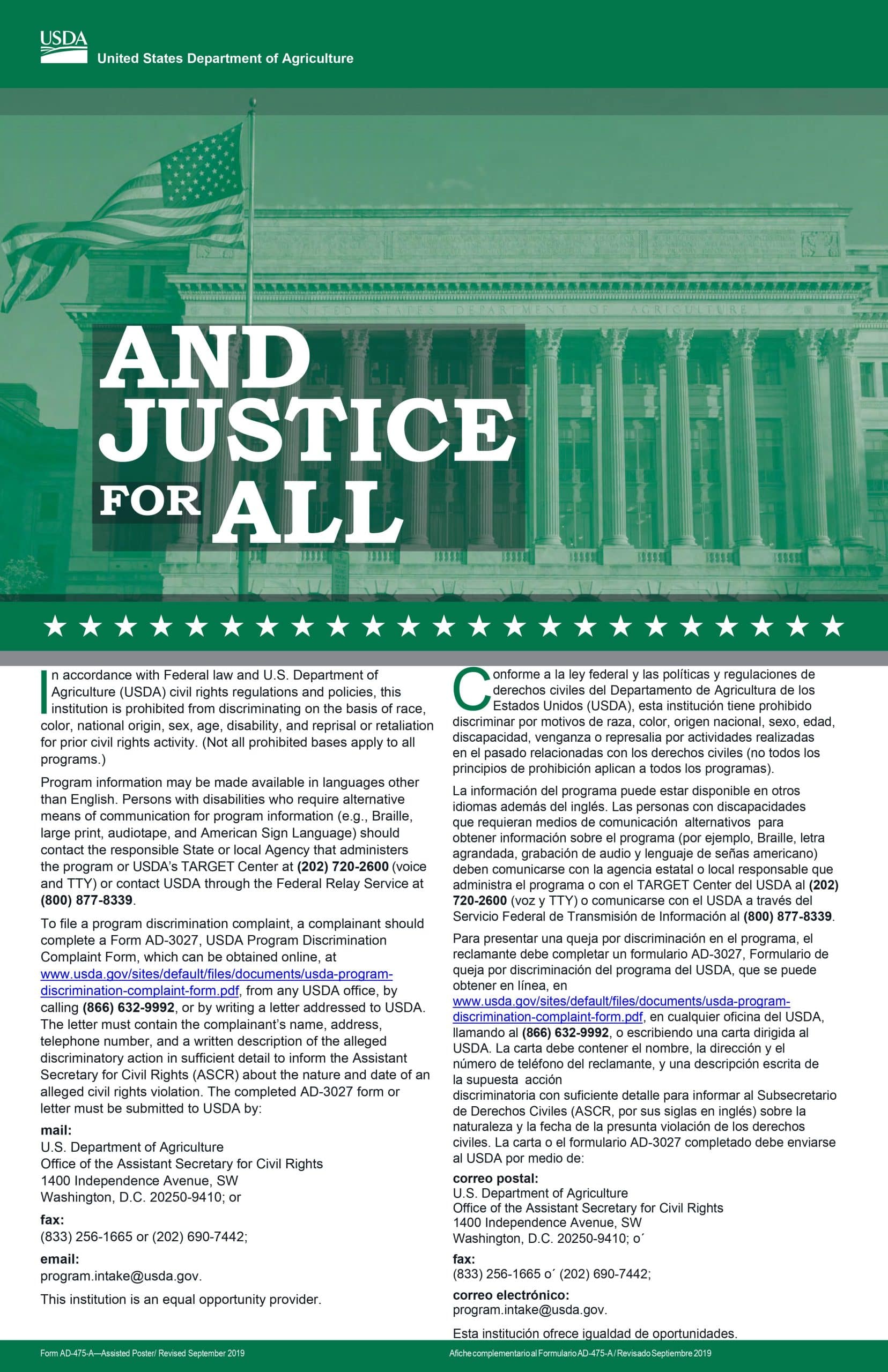Crop Insurance
There are many different kinds of crops which are now insurable through the Multi-Peril Crop Insurance Program. In the particular geographic area we service, western WV and Southeastern OH, we insure Field Corn, Soybeans, Wheat, Barley, Tobacco, Apples, Peaches, Falling Livestock Prices, and most recently insurance protection against low rainfall, which affects pastures, meadows, and honey production.
Crop insurance is written by independent insurance companies, but is underwritten by the federal government, like flood insurance. And, just like flood insurance, the rates and the rules are the same from company to company. The only difference from one company to the next is in the quality of service provided by the company, and the professionalism and attention you receive from the agency you select. PFS has written crop insurance since 1987, and we are proud to represent RCIS, the largest writer of crop insurance in the US.
Pasture, Rangeland, & Forage (PRF)
This program will allow a farmer to pick the time of year when rainfall is vitally important, and insure against drought conditions. Such conditions might cause him financial distress if he must purchase supplemental feed for his animals, or sell them before they were ready to market, or if he sells hay, the grass would not grow without sufficient rainfall to produce enough hay to sell. The final date to sign up for PRF for the following calendar year is November 15 For more information on PRF, click on the following document:
Pasture, Rangeland, Forage Pilot Insurance Program
Livestock Risk Protection (LRP) and Livestock Gross Margin (LGM)
LRP protects a farmer or rancher against cattle prices falling too low at the time in the future when he plans to market his animals. This is available for smaller cattle (300 to 600 lbs), backgrounded cattle being prepared to go to the feedlot (600 to 900 lbs), and cattle intended to be fattened at a feedlot and slaughtered.
LGM also provides against falling margins- that is, the difference between the sales price of the cattle or milk, and the feed costs associated with producing the product. This product is available for both beef and dairy operations.
Traditional Multi-Peril Crop Insurance
This product can provide protection both for low production due to weather conditions, and for falling prices at harvest time (in the fall for spring planted crops, and in the early summer for fall-planted crops like wheat). Crop provisions for each crop are different from county to county, so you must contact our office so we can let you know what is available to you.
Multi-Peril Crop Insurance plans are based on each individual farmer’s Actual Production History (APH). Insureds keep track of their production each year, and it gets added to their database until they accumulate 10 years of production history. At that point, each new year is added, and the oldest year is deleted, which provides a rolling 10 year average production. There are procedures to help a new farmer get started building his database, and provisions which can cup or cap a yield in order to even out a farmer’s average.
Crop insurance is not designed to help a farmer make a profit- it is designed to protect against the unforeseen events which can financially devastate a farming operation. A conversation with one of our agents can help you manage the risk you face with your particular operation.


